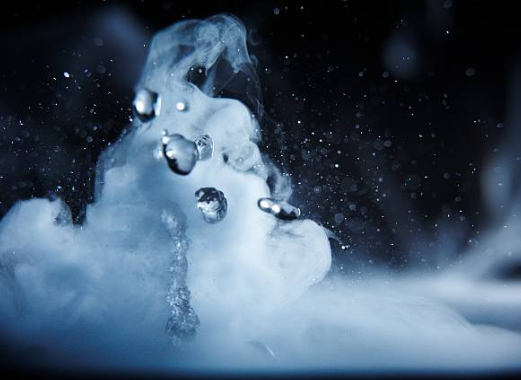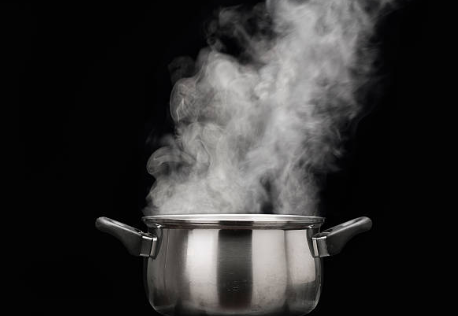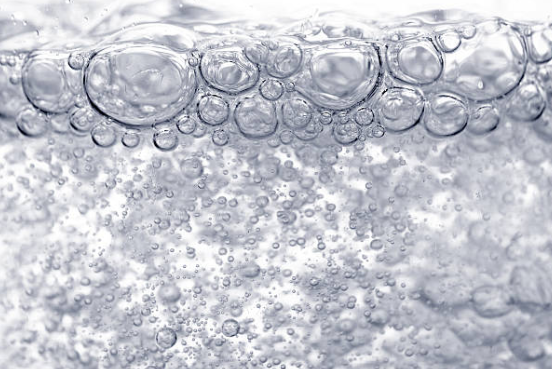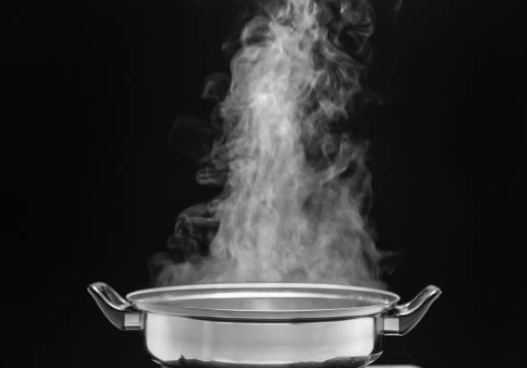Does Boiling Water Remove Chlorine? The Full Scoop for a Clean Sip
There are few things as fundamental to our well-being as water. Not only is it essential for survival, but it also factors into almost every aspect of our daily lives, from nourishing our bodies to keeping our environments clean. And with this ubiquitous role comes the responsibility to ensure the water we consume or use is as safe and pure as possible.
For many subscribers to the health-conscious lifestyle, chlorine in water is an often-cited concern. This blog will explore whether the old advice to boil water to remove chlorine still holds credit in the age of advanced purification techniques.
The Clarity on Chlorine

To comprehend the value of removing chlorine, it's crucial to understand why it's in our water in the first place. Chlorine is a disinfectant added to water supplies to kill harmful bacteria and other microbes, making it one of the most vital tools in the public health arsenal. However, it also has drawbacks, particularly an unpleasant taste and odor, which has led to its tarnished reputation in the eyes (or rather, taste buds) of many.
Why is chlorine added to water?
Chlorine's introduction into water treatment processes was revolutionary. It brought about a significant reduction in waterborne diseases, such as cholera and typhoid fever, that were rampant in the times when sewage often contaminated the public water supply. It has since become a staple due to its effectiveness in eradicating pathogens that can cause serious illnesses.
The taste and smell dilemma
Although chlorine is unquestionably effective, its residual taste and smell leave much to be desired by consumers. High levels of chlorine can deter drinkers, especially those who favor sensitive palates or simply find the taste off-putting. This is where the desire for cleaner-tasting water takes center stage and prompts queries about removing chlorine.
Boil and Bubble - Does it Work on Chlorine?

Before the flourishing of modern water purification systems, boiling was a standard household practice to disinfect questionable water. But does it do enough to mitigate the chlorine, which is added in substantial volumes during municipal treatment processes?
How boiling works
Boiling water is a simple, yet effective, method to eliminate some impurities. When water reaches its boiling point at 100 degrees Celsius (212 degrees Fahrenheit), it begins to vaporize, turning into steam. Most contaminants, such as bacteria, protozoa, and some viruses, are rendered inactive at these temperatures, leaving behind a purer liquid.
Chlorine's boiling point
On the other hand, chlorine's boiling point is relatively high at 239.2 degrees Fahrenheit. This means that when water reaches the boiling point, chlorine is not substantially evaporating with the water. While some may escape, it’s not a significant percentage, which casts doubts on the efficacy of boiling alone as a chlorine-removal method.
Alternative Technological Treatments

As science has advanced, so has the range of technologies available to home and industrial water filtration systems. These technologies offer sophisticated solutions to ensure the odors and tastes of chlorine are effectively stripped from the water, without requiring time-consuming boiling procedures.
Activated carbon filters
One of the most common ways to dechlorinate water is through activated carbon filtering. This process uses a porous material—typically coconut shells, coal, or wood—that has been activated to create a large surface area capable of adsorbing impurities. When water is passed through the filter, the chlorine and its odorous compounds are trapped, resulting in cleaner-tasting water on the other side.
Reverse osmosis
Another powerhouse in water purification is reverse osmosis. This process forces water through a fine membrane that filters out contaminants, including chlorine. It's the weapon of choice for those seeking ultra-pure water and is often part of a multi-stage system that includes pre-filters and post-filters to ensure all bases are covered.
Environmental and Health Considerations

Vigilance over water quality is not just a personal health concern—it has far-reaching impacts on the environment and public health.
Balancing purification with sustainability
Boiling water, though a traditional method, is not the most sustainable. It requires energy, usually in the form of gas or electricity, which contributes to carbon emissions. In contrast, modern filtration systems can be energy-efficient and have minimal environmental impact, especially those designed for long-term use with filter replacement intervals that span months, not days.
The chlorine controversy
Despite its drawbacks, chlorine remains one of the most effective and economical methods for water disinfection. Even as concerns over taste and odor persist, the benefits to public health continue to be its primary selling point.
FAQs on Boiling Water and Chlorine
How long must water be boiled to remove chlorine?
There's no standard boiling time to guarantee complete chlorine removal. However, prolonged boiling (15-20 minutes) can aid in diminishing chlorine content.
Can water's pH affect boiling's effectiveness in removing chlorine?
Yes, to a limited extent. Chlorine is most volatile at high pH levels. Boiling tools at pH levels below 7 are slightly more effective against chlorine removal.
Does cold water boil faster than hot water?
This is a popular belief but a misconception. Cold and hot water can reach boiling point in similar timeframes, based solely on the energy input provided.
In Conclusion: A Balancing Act for Clean Water
In deciding on the best approach to water purification, it's clear that the water’s source, its specific contaminant levels, and individual preferences all play significant roles. Boiling water can indeed reduce chlorine levels, but for a comprehensive and more efficient solution, investing in today’s cutting-edge filtration systems seems the wiser course of action.
For the environmentally conscious and the convenience-minded, the trade-offs in resource consumption and practicality heavily favor the technologies designed for our modern lifestyles. Boiling remains a method worth considering in emergencies or as a backup, but for day-to-day purification scenarios, the market’s abundant choices in filters and purifiers present a more compelling case for the future of our water consumption.
Water purification is continually evolving, and as such, so too should our understanding of the processes that make our water safe and delightful to drink. It’s in the balance between tradition and technology that we find the path to a clean sip, and ultimately, a healthier way of life.

